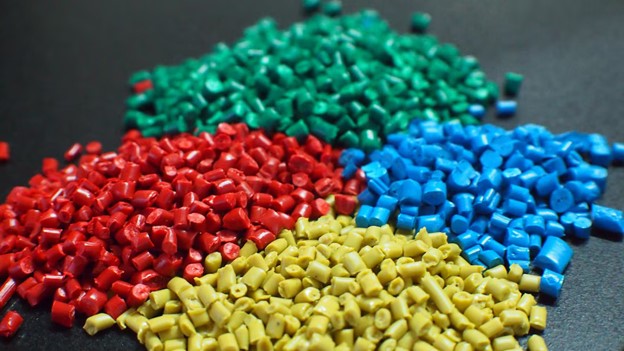Enhancing the Fire Resistance of PVC Compound
Introduction:
Polyvinyl chloride (PVC) compound, a versatile and widely-used material, has seen continuous advancements in enhancing its fire-resistant properties. As safety standards become more stringent across various industries, the need for PVC compounds with superior fire resistance has led to innovative formulations and manufacturing techniques. In this article, we explore the recent developments and strategies employed to augment the fire resistance of PVC compound.
The Inherent Fire Resistance of PVC:
- Chlorine Content: PVC’s inherent fire resistance is attributed to its chlorine content. When exposed to fire, PVC releases hydrogen chloride gas, which acts as a flame suppressant. This characteristic inhibits the combustion process, making PVC naturally resistant to ignition and flame spread.
Advancements in Formulations:
- Flame Retardant Additives: One of the primary methods to enhance the fire resistance of PVC compound is the incorporation of flame retardant additives during the manufacturing process. These additives act to slow down or inhibit the combustion process, providing an additional layer of protection against fire.
- Phosphorus-Based Additives: Phosphorus-based flame retardants are gaining prominence in enhancing the fire resistance of PVC. These additives release phosphoric acid when exposed to heat, creating a protective layer that suppresses the spread of flames and reduces smoke emissions.
- Halogen-Free Flame Retardants: In response to environmental concerns, there is a growing trend towards halogen-free flame retardants. These alternatives aim to achieve the desired fire resistance without the release of halogenated byproducts, which can be harmful to the environment.
- Nanotechnology: Nanotechnology is being explored as a tool to enhance the fire resistance of PVC. Nano-sized flame retardant particles can be incorporated into the PVC compound, providing a more effective barrier against fire and improving the material’s overall performance.
Testing and Standards:
- Rigorous Fire Testing: The development of fire-resistant PVC compounds involves rigorous testing to ensure compliance with industry standards. Tests evaluate key factors such as flame spread, smoke generation, and toxicity to verify the material’s fire performance.
- International Standards: PVC compounds are tested and certified according to international standards such as UL 94 (Underwriters Laboratories) and EN 13501 (European Fire Classification). These standards provide a framework for assessing the fire performance of materials and ensuring their suitability for specific applications.
Applications and Industries:
- Construction and Building Materials: Enhanced fire-resistant PVC compounds find applications in construction, especially in the production of fire-rated pipes, cables, and insulation materials. These materials contribute to the safety and integrity of buildings during fire incidents.
- Electrical and Electronics: The electrical and electronics industry benefits from PVC compounds with improved fire resistance in applications such as cable insulation, wiring, and electronic components. These advancements ensure the reliability of electrical systems even under adverse conditions.
- Automotive Sector: In the automotive sector, where safety is paramount, advancements in fire-resistant PVC compounds contribute to the manufacturing of components like wiring harnesses, interior panels, and insulation materials, enhancing overall vehicle safety.
Environmental Considerations:
- Biodegradable Additives: Some research focuses on the incorporation of biodegradable additives in PVC formulations to address end-of-life disposal concerns. These additives aim to improve the sustainability of fire-resistant PVC compounds.
Conclusion:
The continuous advancements in enhancing the fire resistance of PVC compound underscore the commitment of the industry to safety and environmental responsibility. Through innovative formulations, the incorporation of flame retardant additives, and adherence to rigorous testing standards, PVC compound remains a reliable and versatile material in applications where fire resistance is critical. As technology progresses, the balance between safety, performance, and environmental impact will continue to shape the evolution of fire-resistant PVC compounds, ensuring they meet the evolving needs of diverse industries in the pursuit of a safer and more sustainable future.
Contact us:
☎️ Whatsapp: (+84) 888 510 698
📧Email: louis@usmasterbatch.com








